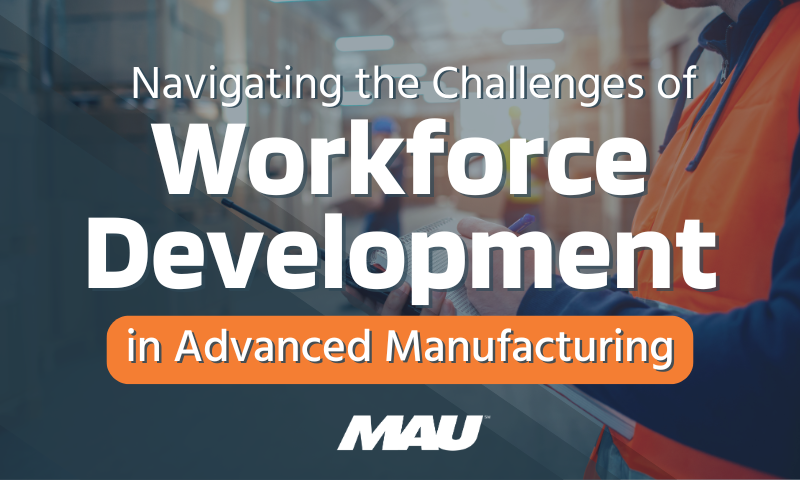When reviewing your “Lean System”, think about how well it can (or cannot) identify problems and then solve them. For example, if you want to continue to move your lean system forward, contemplate how companies can better engage ’Hearts and Minds’ of their front line employees.
A robust lean system is one that creates a social environment where problems can be quickly identified and then physically solved through motivated employees who have the necessary training to eliminate the wastes they encounter in their day to day activities. Trained, motivated employees with the power and leadership support to eliminate MUDA (waste) is vital to ensuring customers receive the highest quality product and/or service at the lowest cost.
In order for the team to stay engaged, there must be a suggestion system in place that ensures visual openness and quick turnaround of the ideas generated. Front line employees will only provide positive input if they are shown respect through a program aligned with trust. These employees are motivated to solve problems and often have valid solutions to the problems identified. What will not work is the antiquated ‘suggestion box’ of days past. Your goal should be to pull all ideas out with an emphasis on small, continuous improvement, daily kaizen type projects. By focusing on kaizen projects that are easily evaluated and approved, the day to day activities of your employees are sure to improve.
Once you have trained and properly motivated employees, the lean system you have in place will make tremendous transformations. Trust is a two way street and employees who trust leadership will be more invested in their day to day work. Empowering them to eliminate waste will become the essential element to your lean system. This will also lay the foundation for lean trained employees to volunteer and become engaged on larger more strategic projects. The key piece is to keep your lean system open and visual so it becomes a part of the everyday work environment.




